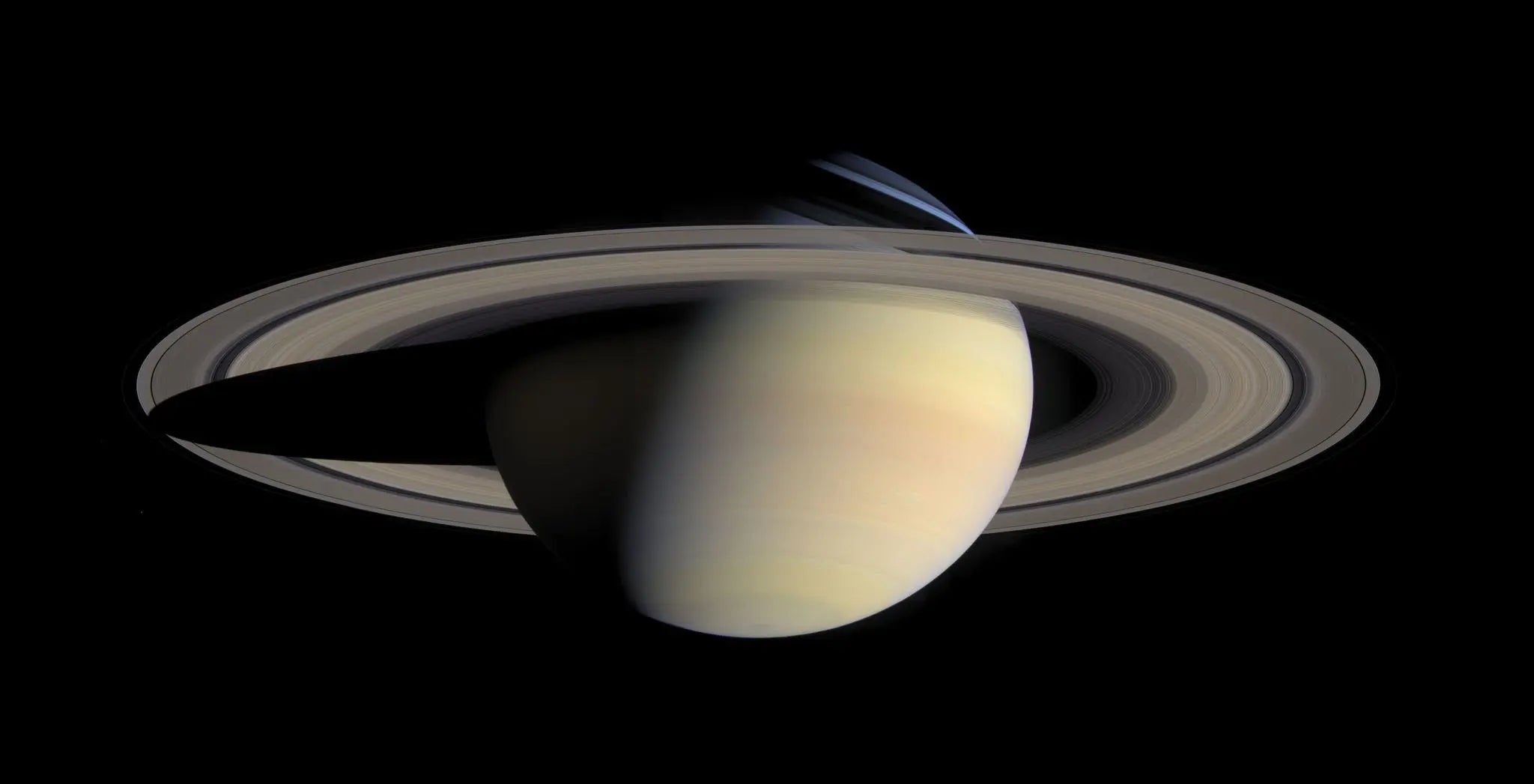Saturn, the sixth planet from the Sun, has long captivated the human imagination with its ethereal beauty and complex system of rings. Named after the Roman god of agriculture, Saturn is a gas giant that stands as a testament to the diversity and wonder of our solar system. This article delves into the planet's unique characteristics, its ring system, and the ongoing research that continues to unravel its mysteries.
Physical Characteristics
Saturn is primarily composed of hydrogen and helium, similar to its larger neighbor, Jupiter. It has a diameter of about 116,460 kilometers, making it the second-largest planet in our solar system. One of the most striking features of Saturn is its low density; the planet is so light that it would float in water. This low density is due to its gaseous composition and lack of a solid surface. Saturn's atmosphere is marked by strong winds that can reach speeds of up to 1,800 kilometers per hour, and it has a complex system of clouds and storms.
The Ring System
Saturn's most iconic feature is undoubtedly its ring system. Composed mainly of ice particles with a smattering of rocky debris and dust, the rings stretch out over 282,000 kilometers from the planet but are surprisingly thin, with a thickness of less than one kilometer. The rings are divided into seven major components labeled A through G, with the A and B rings being the most prominent. The Cassini Division, a 4,800-kilometer-wide gap, separates these two major rings and adds to the complexity of this celestial marvel.
Moons and More
Saturn is not just a solitary planet surrounded by rings; it has a bustling family of at least 82 moons. Titan, the largest of these moons, is larger than the planet Mercury and has its own atmosphere, which is primarily composed of nitrogen. Enceladus, another moon, has been the subject of interest due to the discovery of water-ice geysers erupting from its surface, suggesting the presence of a subsurface ocean.
Exploration and Research
The study of Saturn has been significantly advanced by space missions. The Pioneer 11 spacecraft was the first to fly by Saturn in 1979, providing the first close-up images of the planet. The Voyager missions in the early 1980s further expanded our understanding. However, it was the Cassini-Huygens mission, launched in 1997 and arriving at Saturn in 2004, that revolutionized our knowledge. The spacecraft spent 13 years studying the planet, its rings, and its moons before plunging into Saturn's atmosphere in 2017.
The data from Cassini has provided invaluable insights into Saturn's internal structure, magnetic field, and the complex interplay between the planet and its moons. It also captured breathtaking images that have become iconic in the world of astronomy.
The Future
Saturn continues to be a subject of fascination and research. Future missions are being planned to further explore its moons, particularly Titan and Enceladus, which may harbor conditions suitable for some form of life. The James Webb Space Telescope, set to launch soon, will also provide more detailed observations of Saturn and its system.
Conclusion
Saturn is a cosmic jewel that has fascinated astronomers and laypeople alike for centuries. Its intricate ring system, numerous moons, and the mysteries that envelop it make Saturn one of the most intriguing celestial bodies in our solar system. As technology advances, our understanding of this gas giant will only deepen, continually reminding us of the awe-inspiring complexity and beauty of the universe we inhabit.



Share:
How to Prepare for the April 2024 Total Solar Eclipse
Exploring the Sun's Brilliance: Solar Filters